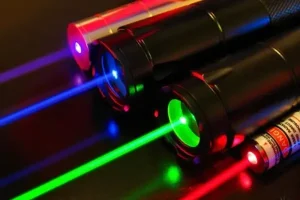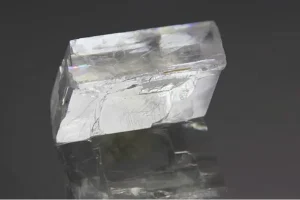Introduction to Nonlinear Crystals in Defense Technology
In the realm of defense technology, nonlinear crystals have emerged as a game-changing component. These unique materials, characterized by their ability to alter the frequency of light, are revolutionizing the way we approach security and defense systems.
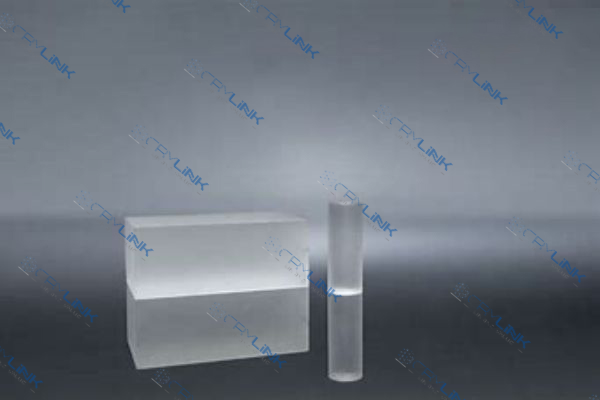
Understanding Nonlinear Crystals
Understanding nonlinear crystals and their applications in defense technology requires a deep dive into their unique properties and the underlying science. These special types of crystals, capable of changing the frequency of light as it passes through them, leverage a phenomenon known as the nonlinear optical effect. This remarkable ability is not just a scientific curiosity; it’s a practical tool harnessed across various fields, including defense technology. The science behind nonlinear crystals is rooted in the principles of quantum mechanics and optics.
When light interacts with the crystal lattice, it undergoes an alteration in its frequency. This change isn’t random or uncontrolled; it can be precisely manipulated to produce a range of effects, from frequency doubling to optical parametric oscillation. These effects are not merely theoretical; they have real-world applications that are invaluable in advanced technological systems. Whether it’s enhancing laser capabilities, improving communication security, or developing new imaging techniques, nonlinear crystals are at the forefront of innovation in defense technology. Their potential is vast, and as our understanding of these materials grows, so too will their impact on the future of defense and security.
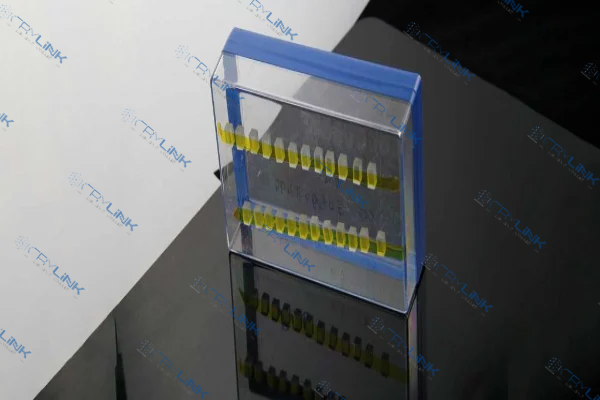
Nonlinear Crystals in Laser Technology
Nonlinear crystals have found a significant place in laser technology, a field that is integral to modern defense systems. These crystals are not just a component; they are a transformative element that has redefined how lasers are used in defense technology. From target designation to missile defense systems, lasers are a vital part of the defense infrastructure, and nonlinear crystals play a pivotal role in enhancing their capabilities.
The application of nonlinear crystals in frequency conversion in lasers is a prime example of their importance. By altering the frequency of laser light, these crystals can produce a wide spectrum of colors. This ability to change the frequency is not just a novel scientific phenomenon; it has practical applications in defense technology. Different frequencies of light can be used for various purposes, from identifying targets to guiding missile systems. The precision and control offered by nonlinear crystals make them an indispensable tool in these applications.
But the role of nonlinear crystals in laser technology doesn’t stop at frequency conversion. They are also instrumental in the development and operation of high-power lasers, which are a cornerstone of modern defense technology. High-intensity laser beams, generated with the help of nonlinear crystals, have applications that go beyond traditional uses. These lasers can be used for missile defense, where the high-intensity beams can intercept and neutralize incoming threats. The ability to generate such powerful beams is a direct result of the unique properties of nonlinear crystals.
The integration of nonlinear crystals into laser systems has also opened up new avenues for research and development. Scientists and engineers are exploring ways to harness the power of these crystals to create more efficient, more powerful, and more versatile laser systems. The potential applications are vast, ranging from advanced targeting systems to new forms of communication and even potential uses in medical technology.
In the broader context of defense technology, the impact of nonlinear crystals on laser systems is a testament to the importance of scientific innovation. It’s not just about creating new tools or enhancing existing ones; it’s about redefining what’s possible. The collaboration between scientific research, technological development, and practical application has led to a new era in defense technology, where the boundaries are continually being pushed, and new horizons are being explored.
In conclusion, nonlinear crystals are more than just a component in laser technology; they are a transformative element that has redefined the field. Their ability to alter the frequency of light, coupled with their role in generating high-intensity laser beams, has made them an essential part of modern defense technology.
As we continue to explore and understand these unique materials, we can expect to see even more groundbreaking applications emerge, further solidifying their place at the forefront of technological innovation.

Nonlinear Crystals in Electro-Optic Modulators
Another critical frontier where nonlinear crystals are making a substantial impact is in the field of electro-optic modulators. These devices, essential in controlling the intensity, phase, or polarization of light, are not just confined to laboratory experiments; they are vital components in many defense technologies. From radar systems that need precise control over the emitted waves to optical communication networks that require rapid modulation of signals, electro-optic modulators are at the heart of these technologies.
The role of nonlinear crystals in these modulators is not a secondary one; they are the core that enables the rapid modulation of light. This ability to quickly change the properties of light is not just a technical achievement; it’s a practical necessity in high-speed communication systems. In the context of defense technology, where secure and rapid communication is paramount, the ability to modulate light quickly is a crucial advantage.
But the importance of nonlinear crystals in electro-optic modulators goes beyond speed. They also provide a level of control and precision that is unmatched. Whether it’s adjusting the intensity of a radar signal or changing the polarization of a communication beam, the control offered by nonlinear crystals is precise and reliable. This precision is not just a quality-of-life improvement; it’s a critical requirement in defense technology, where a slight error or delay can have significant consequences.
In the broader landscape of defense technology, the integration of nonlinear crystals into electro-optic modulators is a testament to the synergy between scientific innovation and practical application. It’s not just about understanding the properties of these unique materials; it’s about applying that understanding to create tools that meet the demanding requirements of modern defense systems.
The result is a technology that is more efficient, more reliable, and more capable, all thanks to the transformative power of nonlinear crystals. Their role in electro-optic modulators is a clear example of how scientific innovation can lead to practical solutions that enhance our ability to communicate, detect, and respond in the complex world of defense technology.
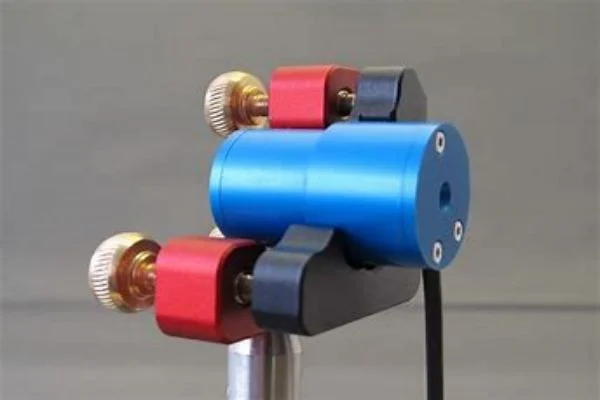
Nonlinear Crystals in Quantum Cryptography
In the age of cyber warfare, where the battle lines are drawn not just on physical terrain but in the virtual world, secure communication has become more critical than ever. Traditional encryption methods are continually being challenged, and the need for more robust security measures is evident. Enter quantum cryptography, a field that leverages the principles of quantum mechanics to encrypt data, offering a level of security that is theoretically unbreakable. At the heart of this promising solution are nonlinear crystals, playing a crucial role in ensuring the integrity and confidentiality of information.
Nonlinear crystals are not just a component in the complex world of quantum cryptography; they are a vital element that enables a specific method known as quantum key distribution (QKD). QKD is not just another encryption technique; it’s a revolutionary approach to securely sharing encryption keys.
By manipulating the properties of light using nonlinear crystals, it’s possible to generate quantum states that can be used to transmit keys securely. If an eavesdropper tries to intercept the key, the quantum states will be altered, and the intrusion can be detected.
But the role of nonlinear crystals in quantum cryptography goes beyond just enabling QKD. They represent a fusion of physics, mathematics, and engineering, a synergy that is driving innovation in cybersecurity. The ability to control and manipulate light at the quantum level, made possible by nonlinear crystals, opens up new possibilities for secure communication. Whether it’s protecting sensitive military communications or safeguarding critical infrastructure, the applications are vast and growing.
In the broader context of defense technology, the integration of nonlinear crystals into quantum cryptography represents a significant advancement. It’s not just about creating a new tool; it’s about redefining what’s possible in the realm of secure communication.
As cyber threats continue to evolve and become more sophisticated, the need for equally advanced security measures grows. Nonlinear crystals, with their unique ability to manipulate light at the quantum level, are at the forefront of this new era in cybersecurity. Their role in quantum cryptography is not just a technical achievement; it’s a practical solution to one of the most pressing challenges of our time. In a world where information is power, the ability to protect that information is paramount, and nonlinear crystals are proving to be an invaluable ally in that endeavor.

Conclusion
Unraveling the power of nonlinear crystals in defense technology reveals a world of possibilities. These unique materials, with their ability to manipulate light, are transforming the way we approach defense and security. As we continue to explore their potential, we can expect to see even more groundbreaking applications emerge.
FAQs
- Q1: What are nonlinear crystals?
- Nonlinear crystals are special types of crystals that can change the frequency of light when it passes through them.
- Q2: How are nonlinear crystals used in laser technology?
- Nonlinear crystals are used in laser technology for frequency conversion, enabling the generation of a wide range of colors.
- Q3: What role do nonlinear crystals play in electro-optic modulators?
- Nonlinear crystals are the heart of electro-optic modulators, allowing for the rapid modulation of light.
- Q4: How are nonlinear crystals used in quantum cryptography?
- Nonlinear crystals are used in quantum key distribution, a method used to securely share encryption keys.
- Q5: What are some future applications of nonlinear crystals in defense technology?
- Future applications of nonlinear crystals in defense technology include advanced imaging systems, high-speed optical communication networks, and quantum computing.


